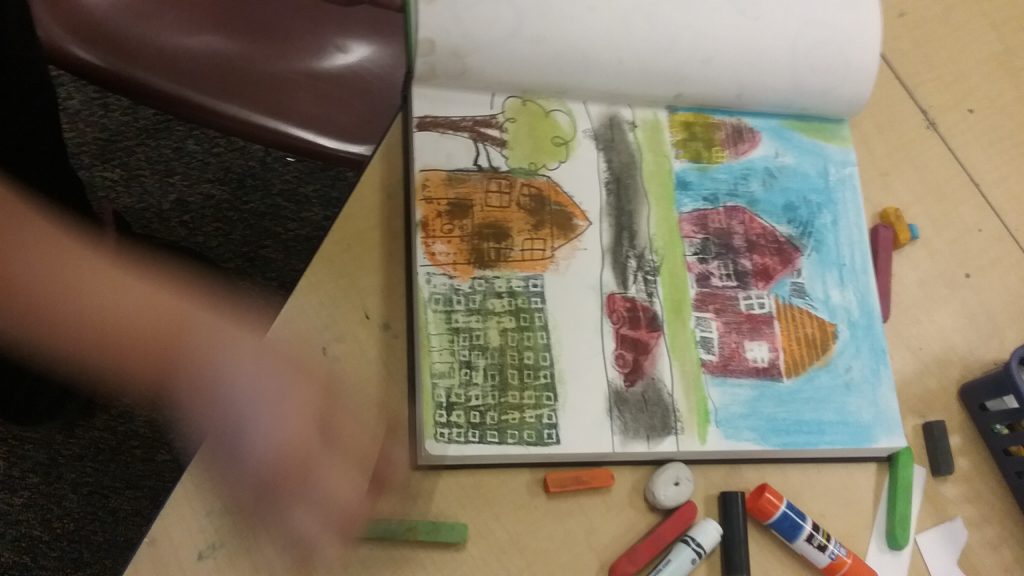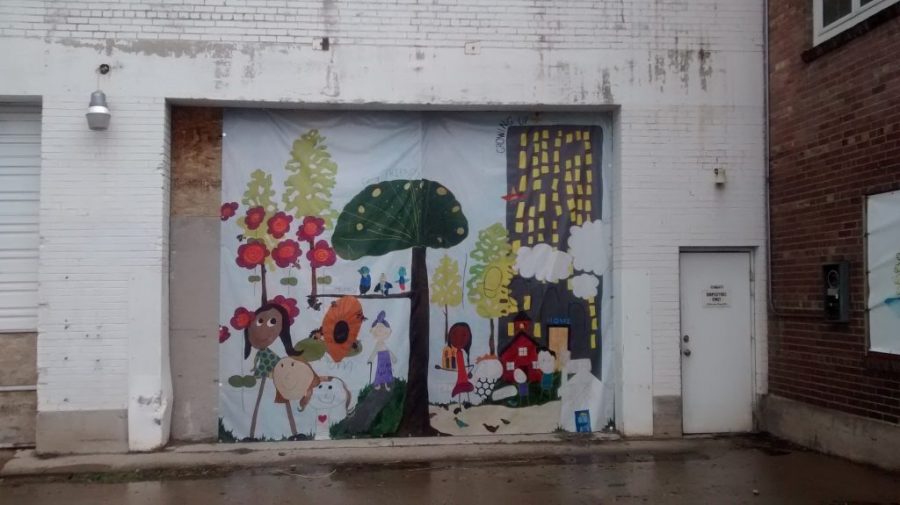It’s been happening everywhere. Happening with such regularity and precision it hardly seems worth mentioning again; art is being systematically erased from school curricula.
Thankfully, there are those who will not stand for this. Some Salt Lake residents — passionate about community-driven art — are collaborating with the Utah Museum of Fine Arts’ bimonthly ACME (Art. Community. Museum. Engagement.) series to hold public discussions on the subject of ensuring community-wide access to art which began on Wednesday, July 6. Participants have the opportunity to learn about current school and public art programs before discussing ways to create more opportunities for communities to engage in art, in addition to engaging in some hands-on art-making themselves.
“We’re inviting anyone who is interested in the arts as a tool for building and strengthening our community,” said Jorge Rojas, UMFA director of education and engagement. “This could be artists, teachers, students, people in the non-profit sector, museum professionals, activists, researchers and anyone who understands that it takes a village to build community.”
Keeping in line with this thinking, the discussion was led by a significant panel of four community-engaged artists and art educators, including Megan Hallett, Kelsey Ellis, Eugene Tachinni and Gretchen Reynolds.
Hallett is to be thanked for bringing these art-inspired minds together. An arts educator and the director of Framework Arts, which works from the philosophy that youth should play a vital role in building and engaging in a creative community, Hallett has already done a lot to encourage community-wide creative engagement. For Hallett, it couldn’t be any clearer that the arts are still intrinsically important to an individual’s and a community’s growth. She sees art as a way to connect within communities, encouraging its members to invest in its well-being so they can work to make it better instead of simply accepting it as it is.

The first step towards building a community with a population made of such people?
Schools.
“People inside and outside of the schools have to continue to be committed to building creative communities and ensuring that arts resources are equitably distributed to the schools,” Hallett explains. “Some people assume that all of the art forms are represented in the schools. This is very rarely the case. Others assume that art is not one of the basic subjects that should be taught, like reading, math and science. They are overlooking that art is in the curriculum because it allows children to creatively and critically engage across all of the subject areas.”
Rojas agrees, adding, “Working toward having access to art is important, because it helps to bring people together, and celebrate our diverse backgrounds and cultures.”
If you are similarly interested in building communities that are connected by creativity and the growth it brings, you are invited to participate in the discussion in ACME’s bimonthly sessions.


